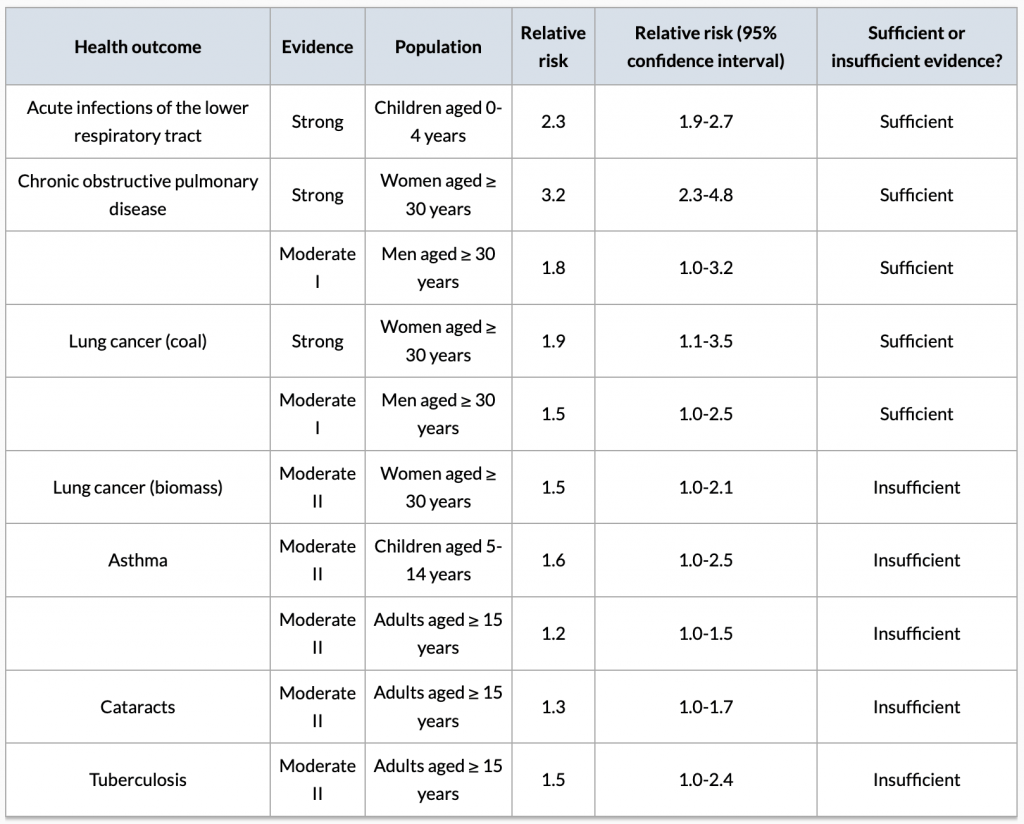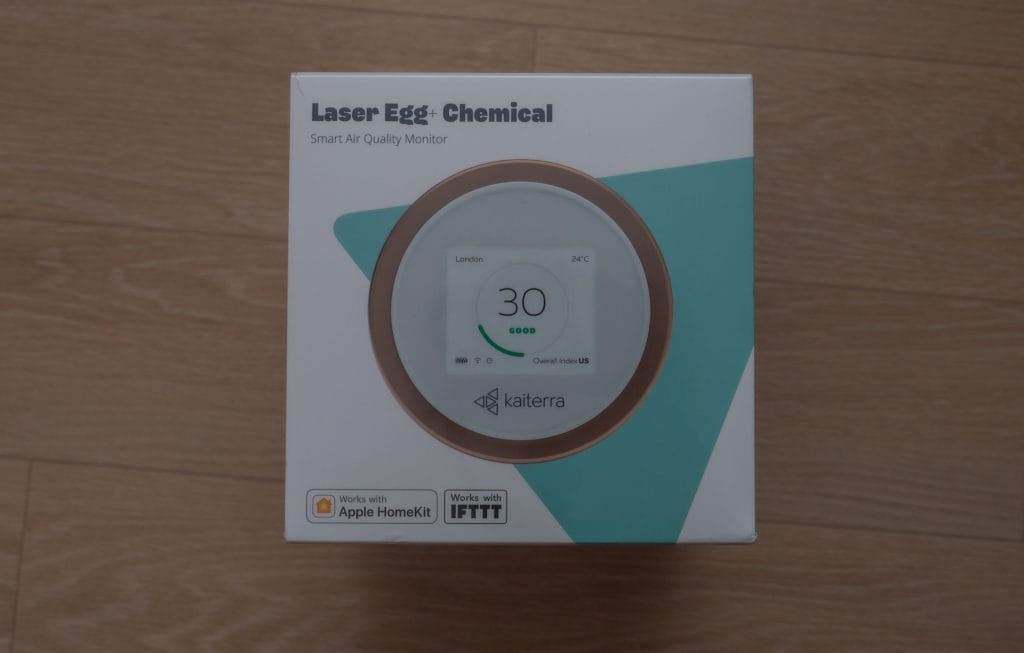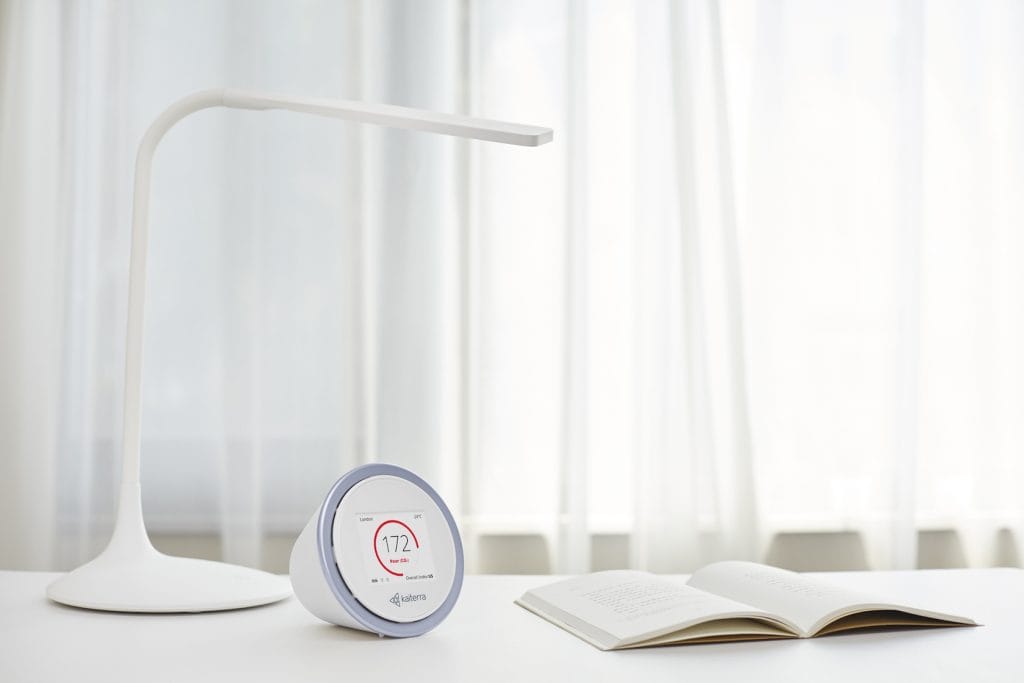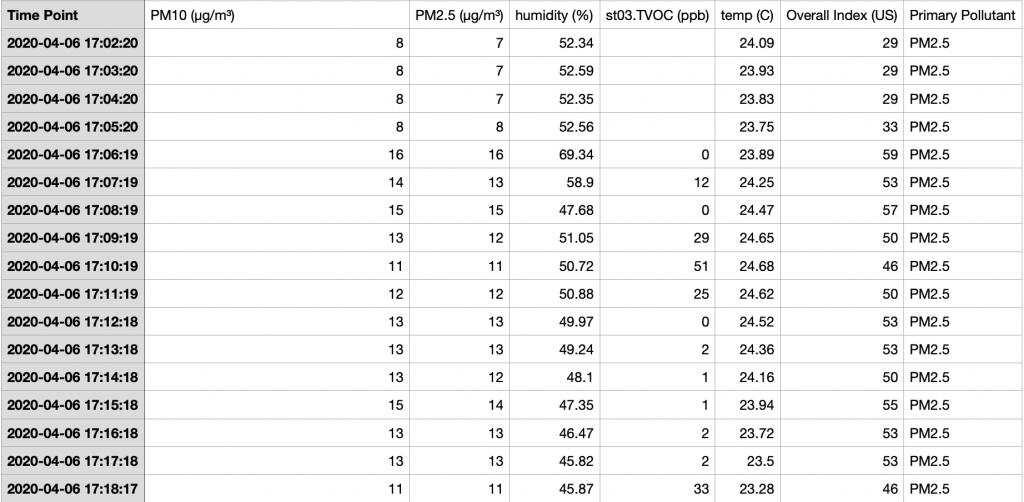With both outdoor and indoor air pollution becoming a greater issue daily, it’s important to be informed.
While the AQI is a great reading that allows you to monitor the air quality outdoors, it’s often more difficult, or impossible, to get more specific readings.
For example, considering how dangerous indoor air pollution is, how can you monitor it and make sure that you and your family are staying safe?
Luckily, there are some products which have been created to fit this gap. Whether you are looking to monitor the air pollution yourself, or to make sure you are breathing safe air indoors, the Kaiterra Laser Egg can help you.
Wondering about how indoor air pollution impacts us? I recently covered the impacts of air pollution on studying & academic performance.
This post contains affiliate links. For more information, please refer to my affiliate disclaimer. I was sent a product for review, but the article is not sponsored. All opinions expressed in this post are my honest thoughts. I only recommend products that I genuinely believe in.
Information on this blog is for informational purposes only. Readers are encouraged to confirm the information herein with other sources. Furthermore, this information is not intended to replace medical advice from professionals. This website assumes no responsibility for the accuracy of the information, and information is subject to change without notice. Devices mentioned on this website are not medical devices and do not guarantee protection.
Why Get a Pollution Monitor?

Health effects of indoor air pollution. Our World in Data, sourced from WHO.
With air pollution on the rise in many areas of the world, and with the health dangers that it brings, it’s important that we can make sure that we are breathing safe air.
This doesn’t only apply outdoors, but also inside. In fact, indoor air pollution is commonly significantly worse than that which is found outdoors. Couple this with the fact that many people spend as much as 90% of their time indoors, and it’s vital to make sure that the air we are breathing is safe (EPA).
It is for this reason that an air pollution monitor is useful. Although we often pass off air pollution as someone else’s problem, it affects all of us, and it’s something that we need to be aware of.
This is where the Kaiterra Laser Egg comes in.
What Is the Laser Egg?

Laser Egg + Chemical
The Laser Egg is an air pollution monitor that monitors not only the fine dust particles (such as PM2.5) in the local air, but also the temperature, humidity, the VOCs (on Laser Egg+ Chemical), and indoor CO2 (on Laser Egg+ CO2). In other words, it’s an all-round air quality monitor.
The Laser egg is relatively small and can be handheld. However, due to the sensors inside, it is also quite heavy. The shape of the product is an oval cut in half (think of an egg that has been cut through the middle).
The flat face of the egg has an LCD screen which reports the air quality as well as the temperature. If preferred, it can also be set to show the weather forecast or humidity. However, the screen is not the main way you will be checking the air quality as it might be on the HI-300 air pollution monitor.
This is because the Laser Egg is very connected. It connects to 2.4ghz WiFi and can be accessed through a dedicated app. What makes the egg stand out however, is the compatibility with Apple Homekit and IFTTT.
This means that automation tasks can be managed. For example, I use an iPhone and I decided to purchase a Homekit compatible power socket. I plugged in the dehumidifier through this socket. Whenever the Laser Egg detects a humidity level higher than my chosen level, the dehumidifier automatically turns on!
The possibilities are almost limitless, and I believe this will be one of the biggest appeals of the Laser Egg to many people.
Finally, the laser egg also contains a battery. While the egg is a bit big for me to see it being comfortable to carry around, it is nice to be able to know that it’s portable when needed. This is especially nice if you usually have it docked in one room, but need to temporarily move it to manage VOCs (for example, if you are painting a room or cleaning).
Laser Egg

The Laser Egg models all look the same. Only the colour of the border (in this image, blue) change. (Note: we use the color to mark different models, silver = Laser Egg, gold = Laser Egg+ Chemical, blue = Laser Egg+ CO2).
The Laser Egg is the standard model that Kaiterra offers. This egg is capable of measuring PM2.5 fine particles as well as offering other weather measurements such as the temperature, humidity, and will also show a weather forecast.
This is the best model for people who are interested in managing the fine dust levels, but who don’t need to measure chemical levels.
Check Laser Egg Price
Laser Egg + Chemical
The Laser Egg + Chemical is capable of everything that the standard Laser Egg is as well as measuring VOCs. VOCs are gases which can be found in the air all around us. These gases range widely, as do their effects on our health.
This is my recommended model for anyone wanting to monitor their indoor air pollution. VOCs are often one of the most harmful aspects of air pollution, especially when indoors.
Check Laser Egg + Chemical Price
Laser Egg + CO2
The Laser Egg + CO2 is the third and final model of the Laser Egg. This egg is capable of everything that the standard model is and, on top of that, it also measures CO2.
CO2 is gas that can be potentially harmful in high concentrations and it has been proven to lead to lower cognitive functions. Although this may not seem significant, a Harvard study found that a green space (reduced CO2) can lead to as much as double the scores by users on a test (Harvard).
Check Laser Egg + CO2 Price
Functionality & Accuracy

The Laser Egg is accurate for reporting indoor VOCs.
I personally used the Laser Egg + Chemical and I was pleasantly surprised by how accurate it appears to be. I tested it near a local air quality monitor in my neighbourhood (in Seoul) and the reading was within 5 AQI of the official air monitor.
I have also noticed that it quickly reacts and updates. Although I don’t know the exact speed, it seems to update every few seconds. It reacted very quickly when I lit a candle, and also when I opened a bottle of nail polish next to it.
At one point it jumped to 500 (the highest level it records) and I thought that it may be faulty. However, it turned out to be caused by a bit of food that had fallen under a pot on the stove. This piece had burned, and the Laser Egg quickly reacted. As soon as the stove cooled down, the reading gradually went back down to the average.
It is very sensitive, and this may lead people to think that it is faulty (like I first did!). However, if this is the case, there is probably something emitting VOCs in your house.
One thing that I did notice was that the laser egg isn’t silent. Although it is very quiet, it is not totally quiet. At night, when there are no other sounds, I can occasionally hear the egg.
This sound is by no means loud, and if there is any other sound at all you won’t hear it. However, in the total silence of night it is audible.
Read more: Flow 2 portable air pollution monitor review. Or, check out the Atmotube portable air pollution monitor.
Connectivity

The Laser Egg is very well connected! It integrates flawlessly with Apple Homekit.
As previously mentioned, one of the biggest appeals of the Laser Egg is the large range of connectivity that it offers. Although the egg does support IFTTT, I use an iPhone and a Mac, so I decided to opt for Apple Homekit instead.
If you haven’t used Homekit or IFTTT before, they are apps which allow IOT devices to connect to one another and automate functions.
Within Homekit, the Laser Egg reports three stats – the air quality, humidity and temperature. This means that any of these readings can be used as a home automation tool. For example, I set my dehumidifier to automatically turn on (using a Homekit power socket) when the humidity reaches a high level.
The Laser egg connects using 2.4ghz WiFi, and this is my only issue with the connectivity. These days, many people use 5ghz WiFi, and if you use 5ghz WiFi, the egg won’t be recognised. This is a minor issue, but you may run into it if you have a modern router.
Design

The Laser Egg is simple and can fit in anywhere!
The Laser Egg follows a simple design language and this is something that I appreciate. The device itself looks like an egg that has been cut in half – with an LCD display on the flat face of the device.
The exterior is a solid white, with no disruptions. This means that it can fit in well with many desk or nightstand setups. At the rear of the device is a speaker-like grill and the USB charging port.
The device easily fits in the palm of an adult hand. However, it definitely isn’t tiny. Although the exterior is plastic, it has a lot of weight due to the sensors inside. This means that the product doesn’t feel cheap.
Kaiterra App

To unlock the full functionality of the Laser Egg, you will need to download the Kaiterra App. This app allows you to access the settings of the egg as well as the graphs and more detailed data.
The installation process is very straightforward. A QR code is presented on the egg, and once you scan this with your phone it will automatically connect. Once this brief process is complete, you can access the Laser Egg via your phone!
For the Laser Egg + Chemical, AQI, PM2.5, TVOC, temperature and humidity are all monitored and graphed. These graphs can then be viewed in minute, hour, and day formats. It’s a very simple and easy to understand layout that is very informative.
If you are interested in doing further research, you can even export the data into a file which can be inspected in a graphing program such as Excel.

Is The Kaiterra Laser Egg Worth it?
If you are looking for an air pollution monitor the Laser Egg range is a fantastic choice. Advertised as the most popular air pollution monitor, I can see why people choose this product.
It is competitively priced, offers exceptional connectivity, and is accurate in reading the local air pollution. From my usage of the Laser Egg, these are the pros and cons that I found.
Pros
- The Laser egg is exceptionally easy to set up
- Battery & USB power
- Fantastic connectivity options and automation
- Simple design that is aesthetically pleasing
- Accurate and fast reporting of air quality changes
- Cheaper than many alternatives
- Well designed app that is easy to understand
Cons
- Not totally silent. This won’t matter most of the time, but it is something to consider if you place it in a bedroom.
- App needs to be restarted to update sometimes
- No 5ghz WiFi option
Purchase Laser Egg | Laser Egg + Chemical | Laser Egg + CO2
Overall, the Laser Egg (and the Laser Egg + Chemical) is a fantastic air pollution monitoring device. The simplicity of the product (both design wise and functionality wise) mean that anybody can use the egg.
Compared to many other air pollution monitors, the Laser Egg is also considerably cheaper. Luckily, this doesn’t detract from the quality of the product, and I can safely recommend the Kaiterra Laser Egg.
Laser Egg FAQ
What Does the Laser Egg Monitor?
The Laser Egg will monitor fine particles (PM2.5), as well as temperature and humidity. The Laser Egg + Chemical will measure these as well as VOCs, while the Laser Egg + Co2 will measure PM2.5, temperature, humidity and Co2.
What Are Some Laser Egg Alternatives?
There are many other indoor air pollution monitors on the market. uHoo is a popular choice and another device that I recommend. Both devices have different strengths and weaknesses, so I recommend comparing both.
Does Laser Egg Need Power?
Laser Egg contains a battery that will allow it to work without a USB connection for a few hours. However, for longer use a USB connection will be required.
Is Laser Egg Portable?
The device is partly portable due to having a battery inside. However, it is rather heavy and large, and the battery life is short. if you are looking for a portable device, I recommend Flow 2 or the Atmotube Pro.
Is laser Egg Worth it?
If you are looking for an indoor air pollution monitor then Kaiterra Laser Egg is a great choice. It is cheaper than most alternatives and gives you a good overview of the local air quality.
Have Questions or Comments?
Join the discussion on the BreatheSafeAir Community Forum. Ask any questions you have about air quality or adjacent topics and get quick answers!